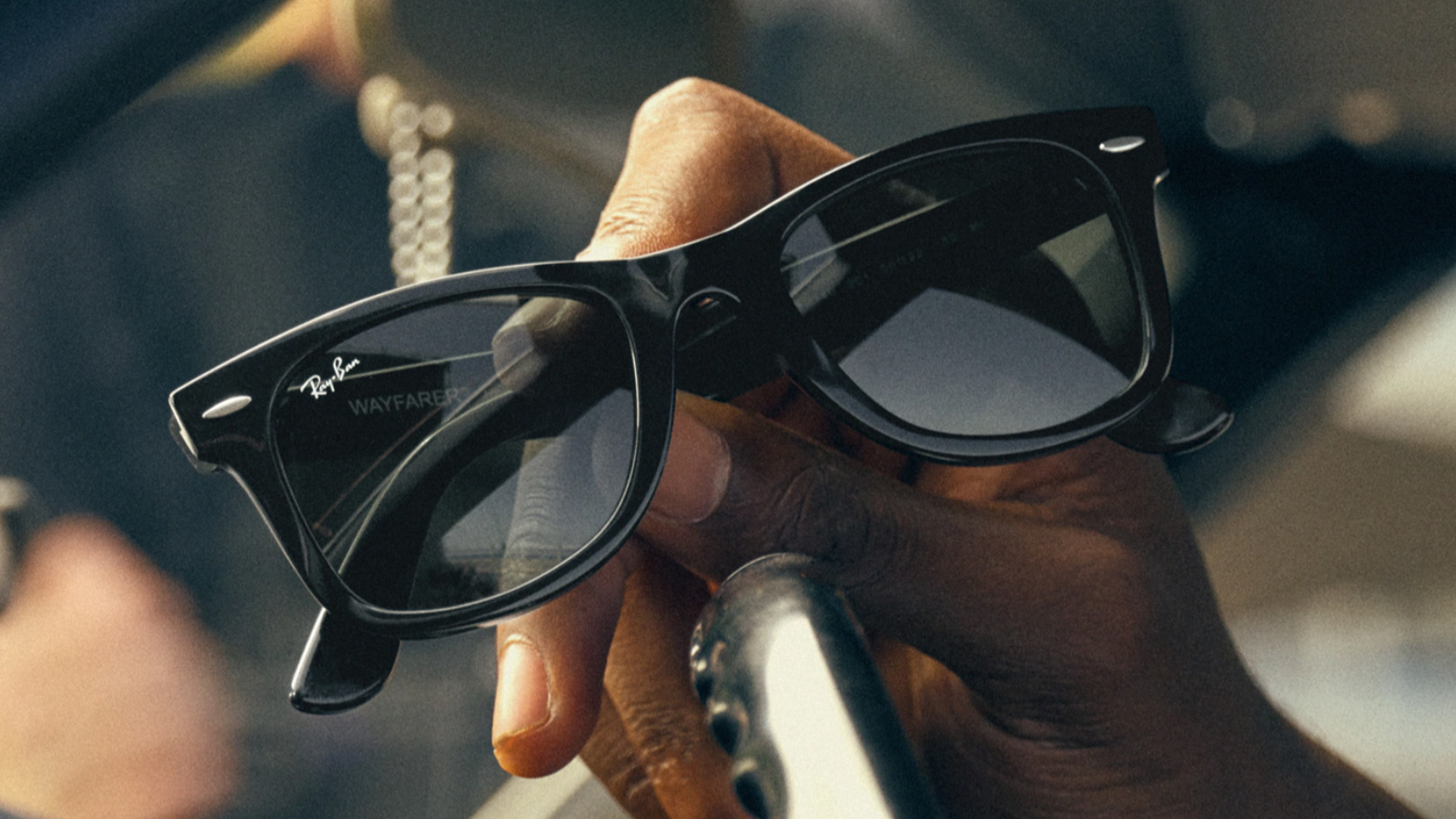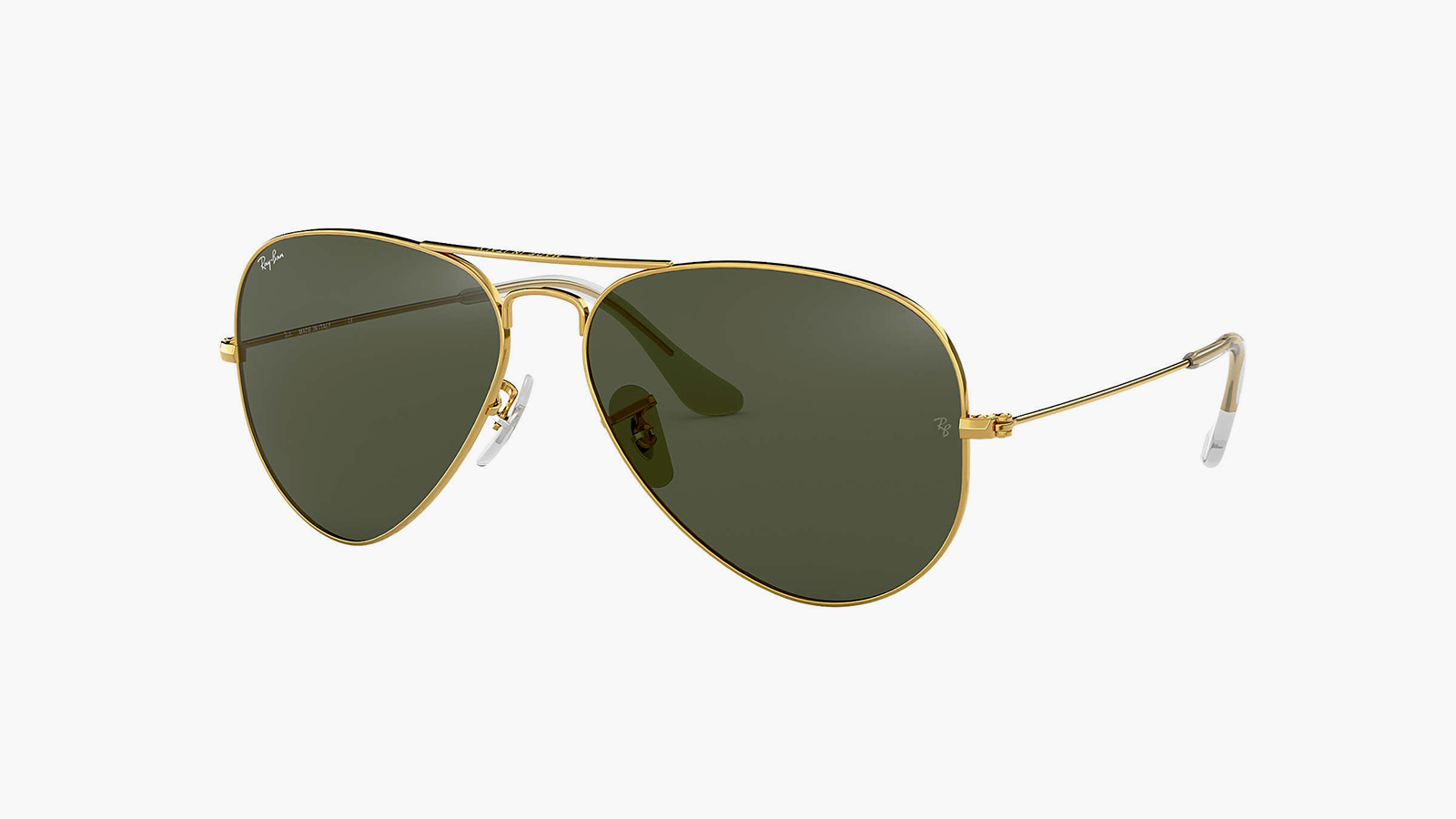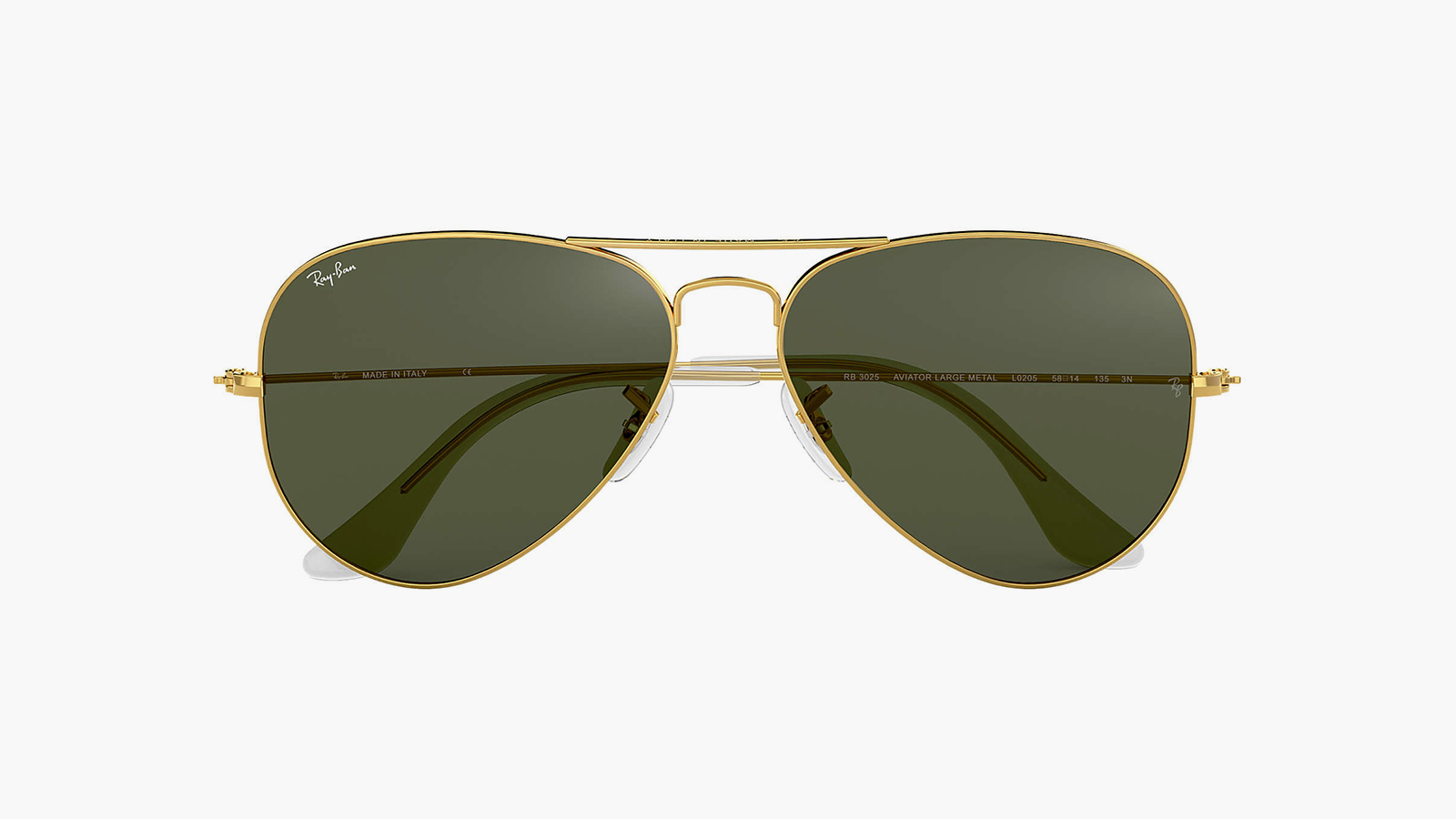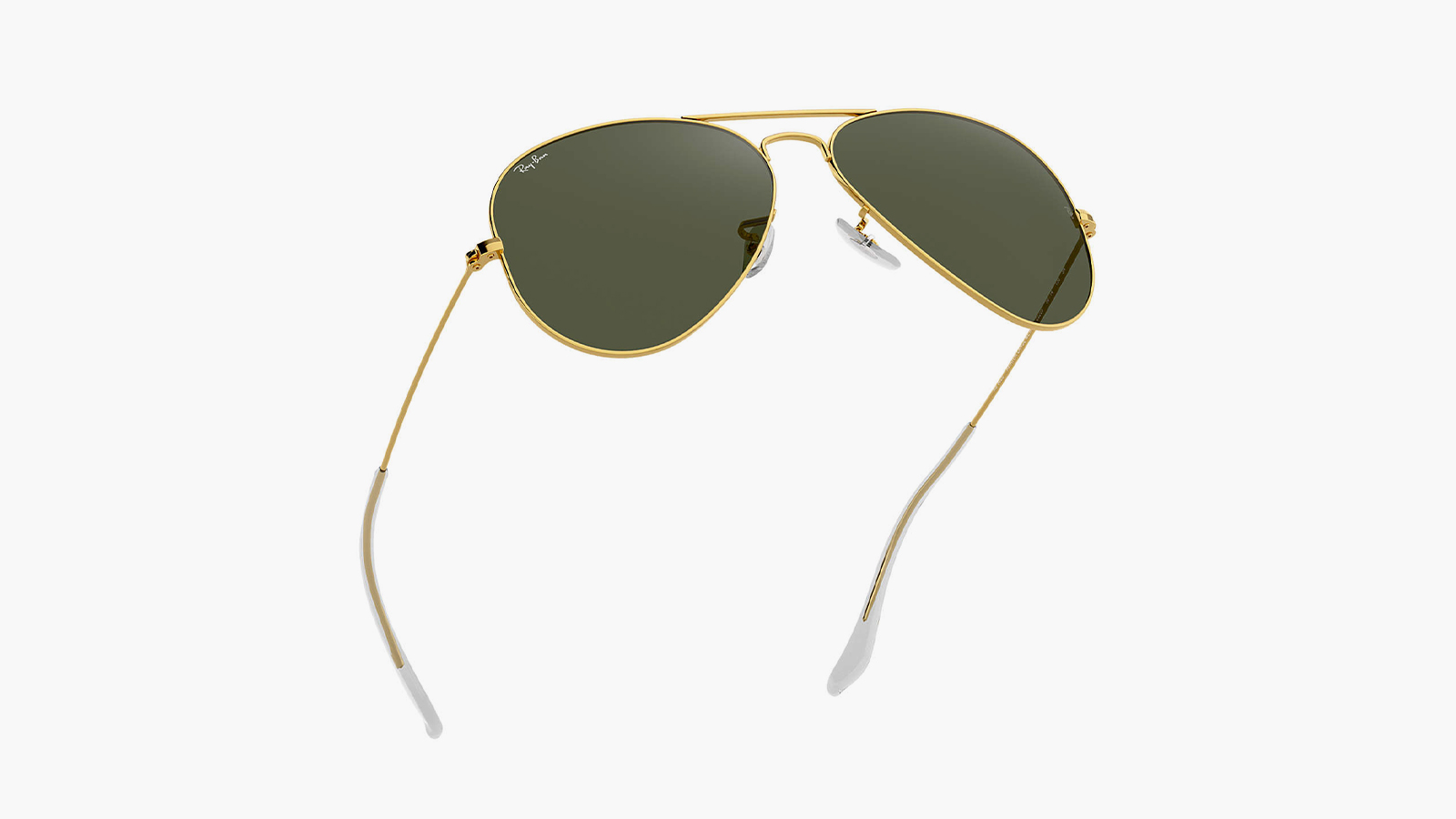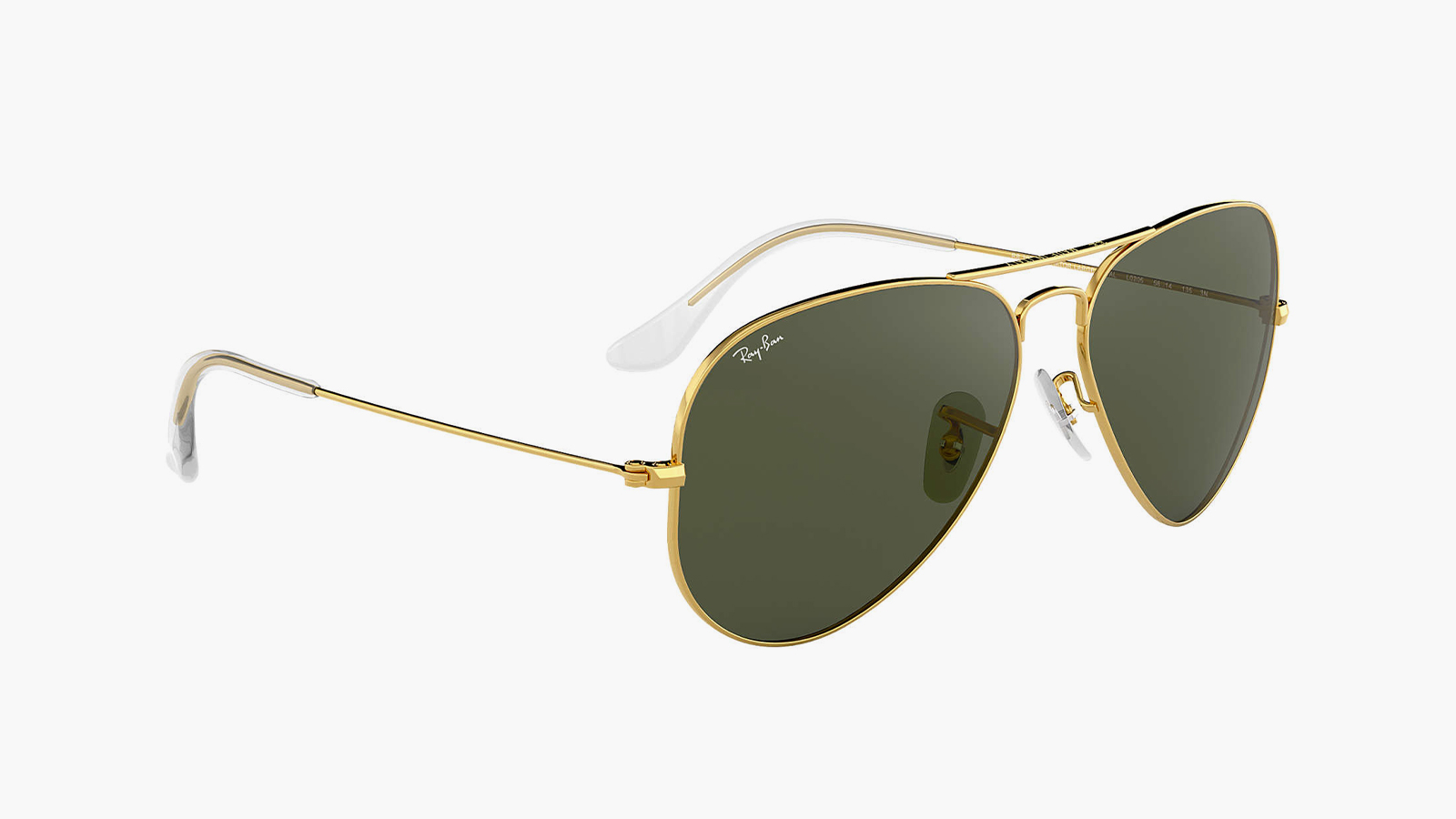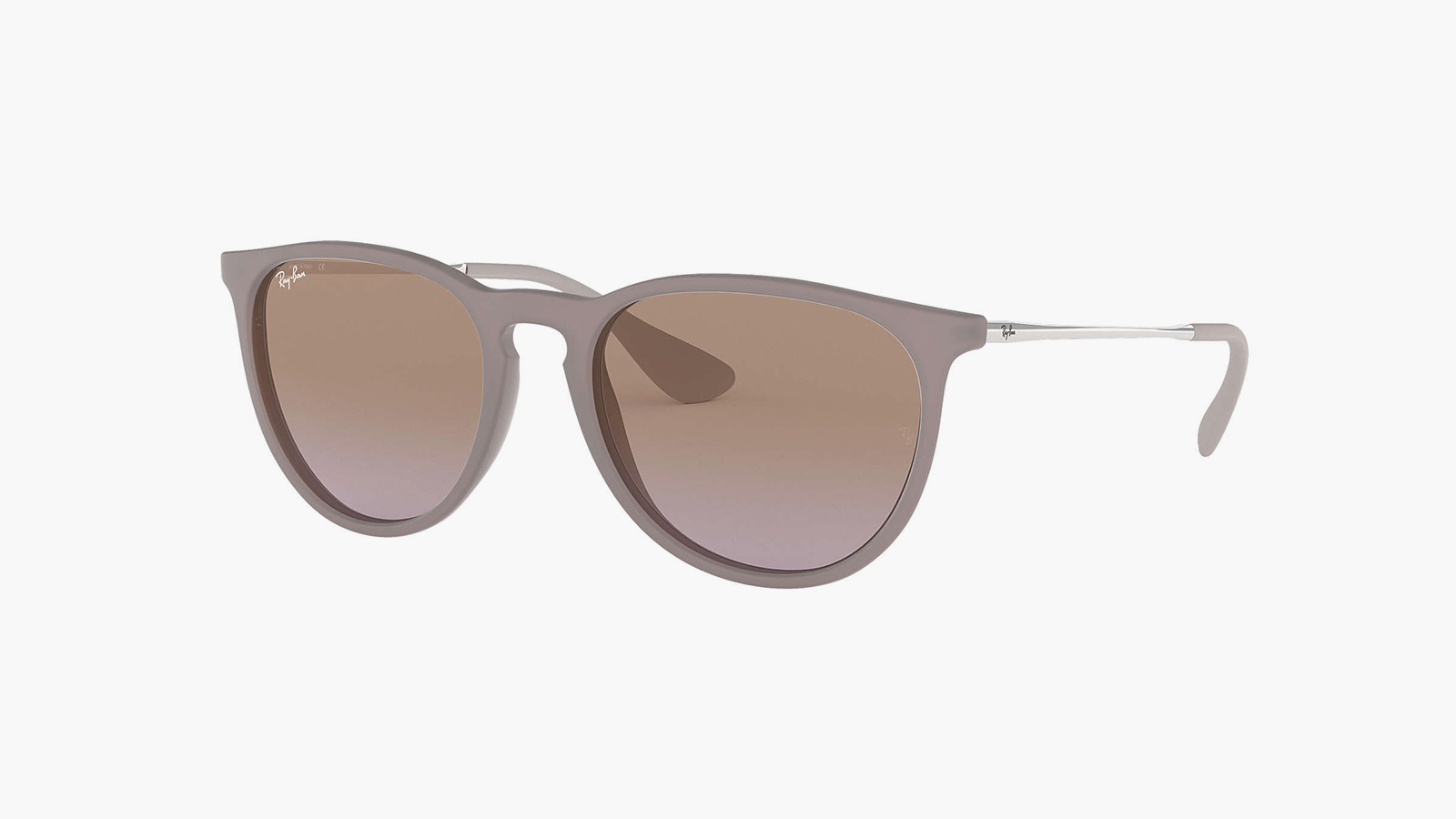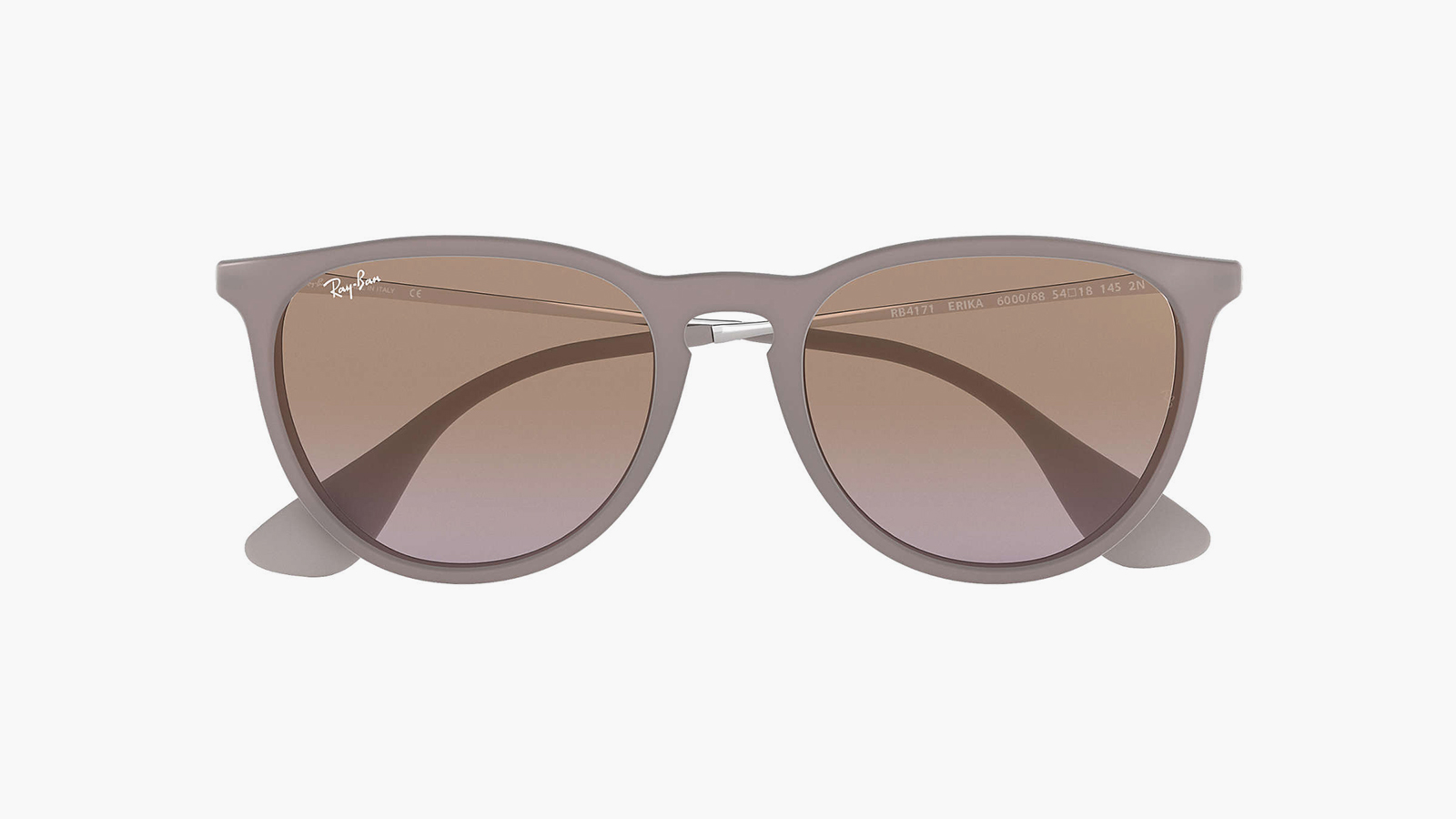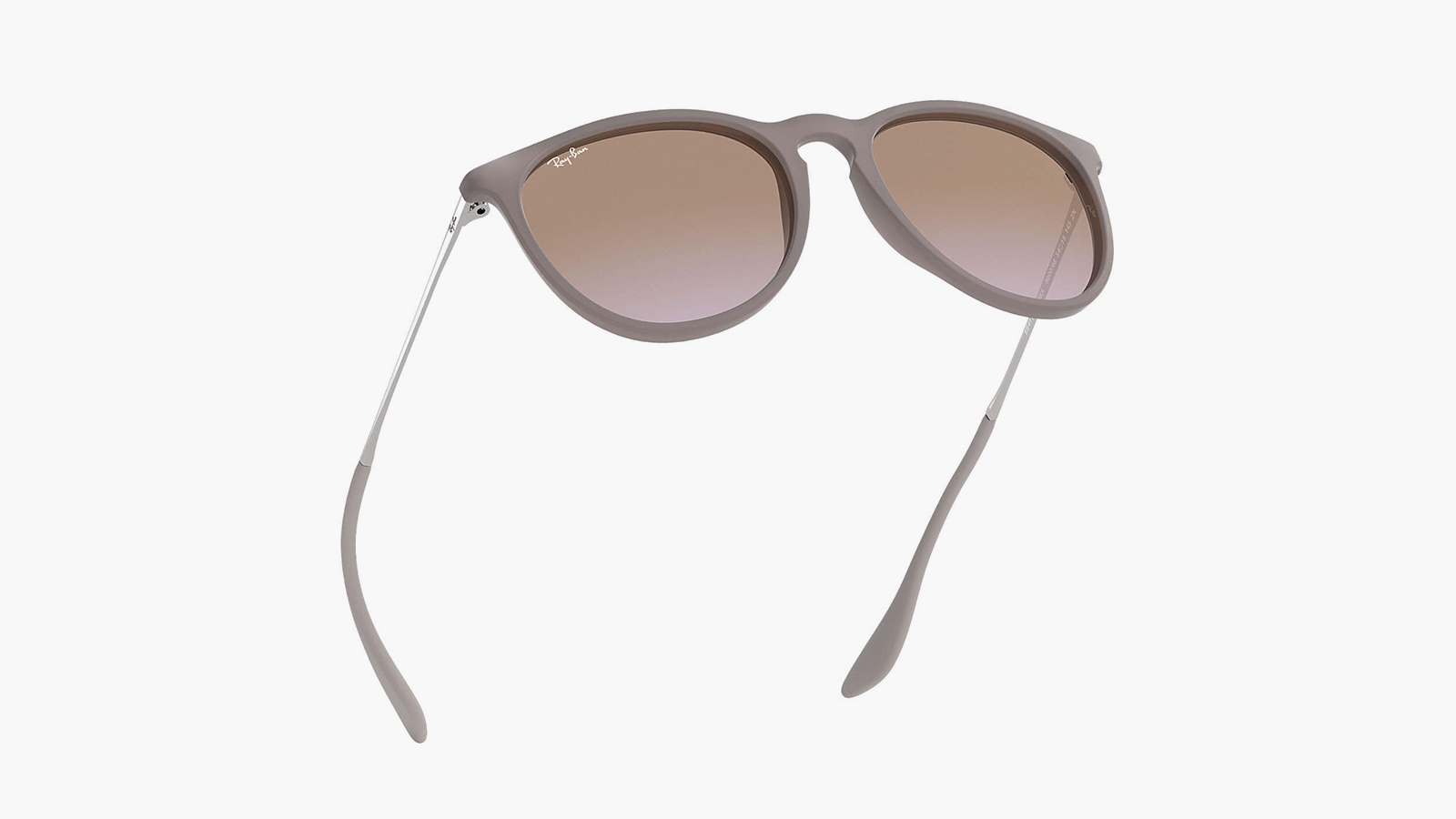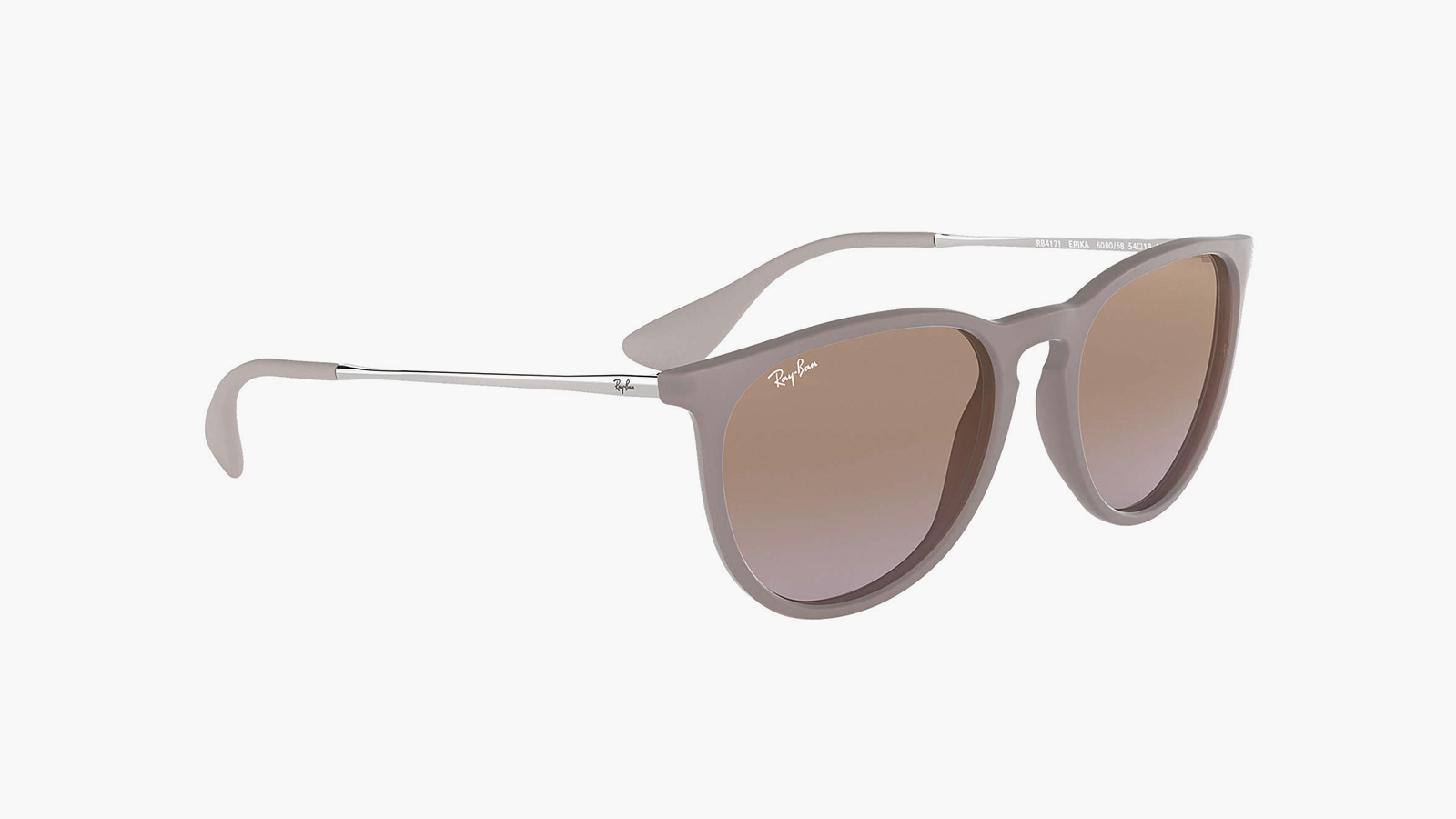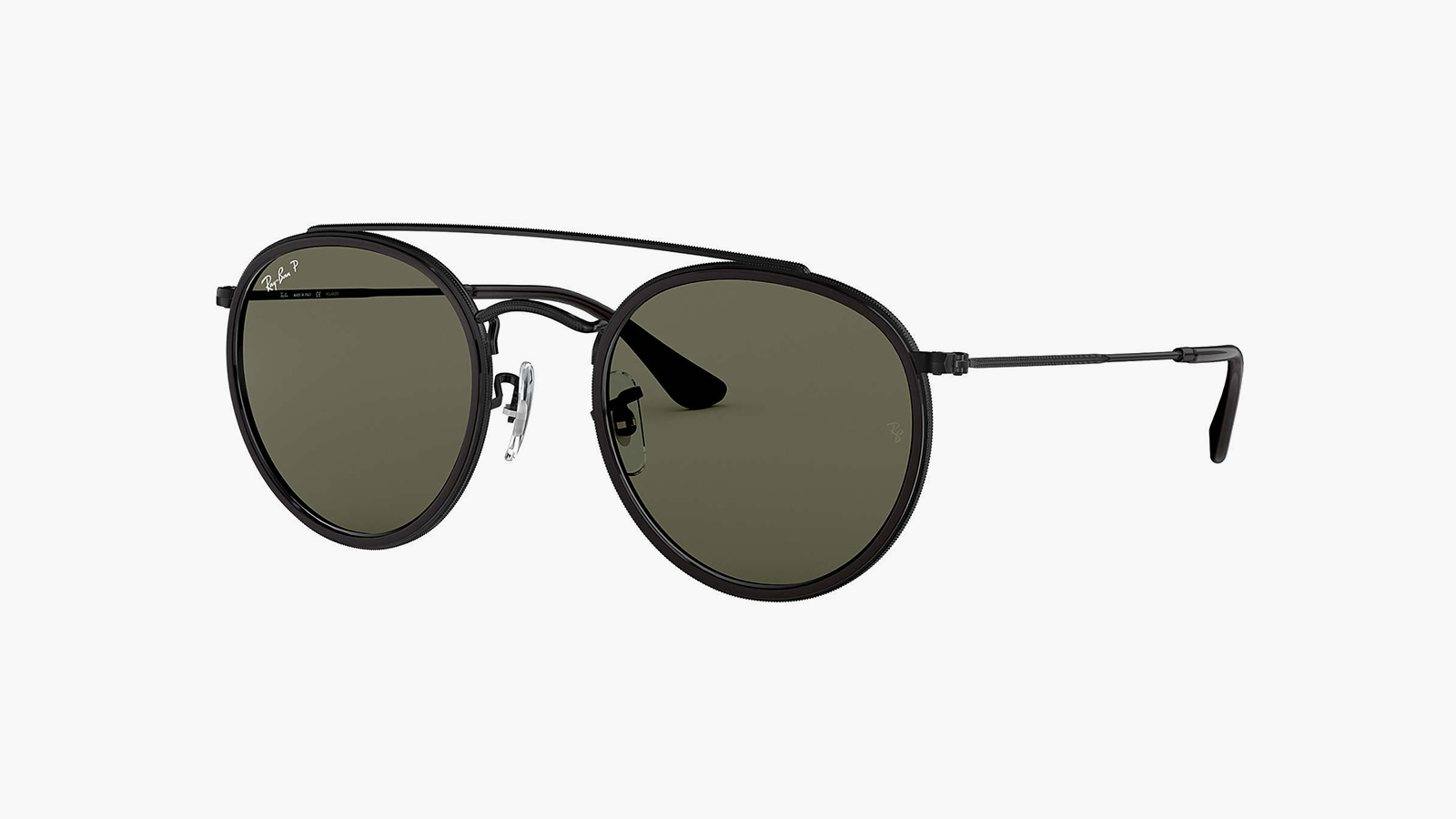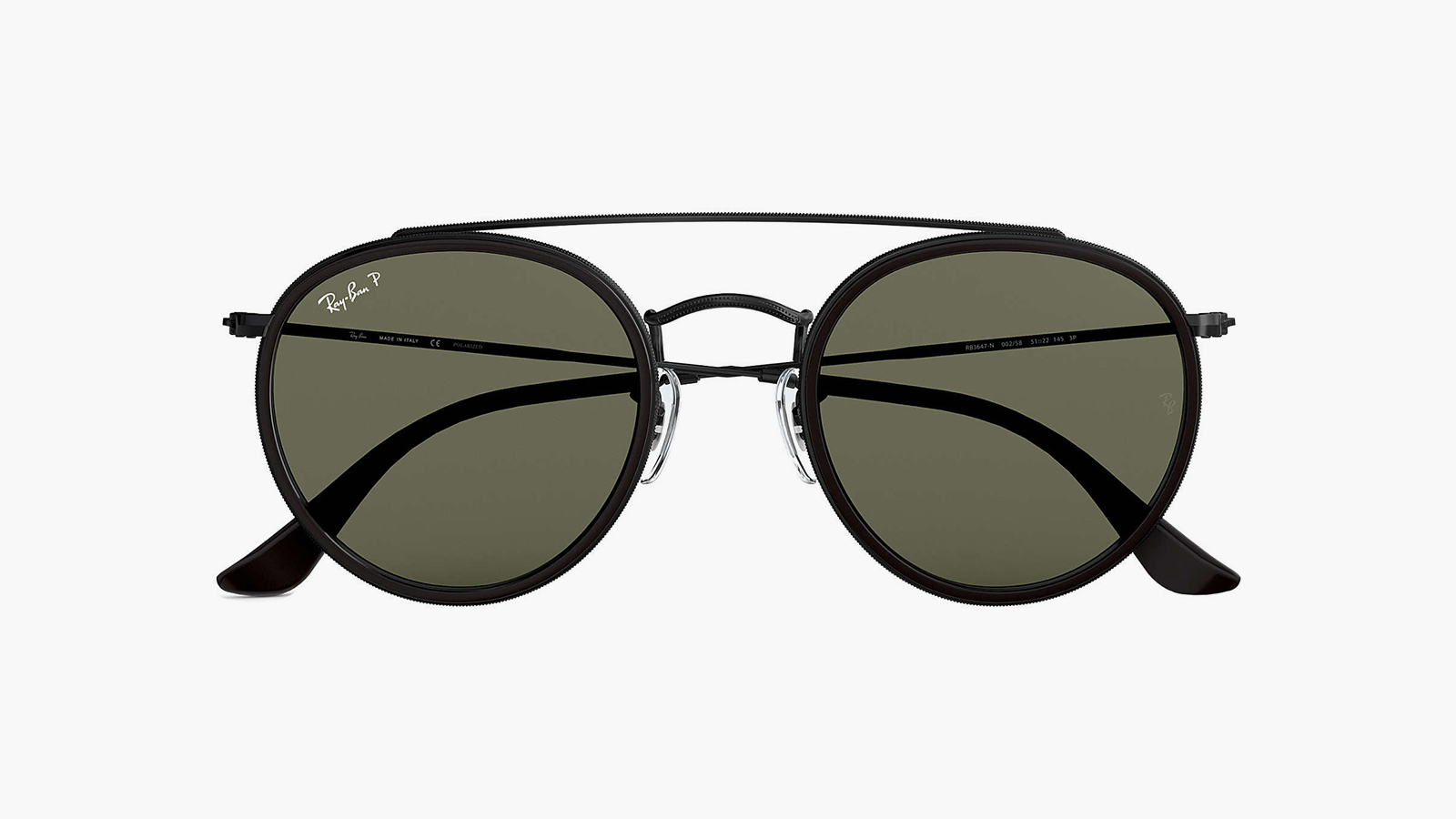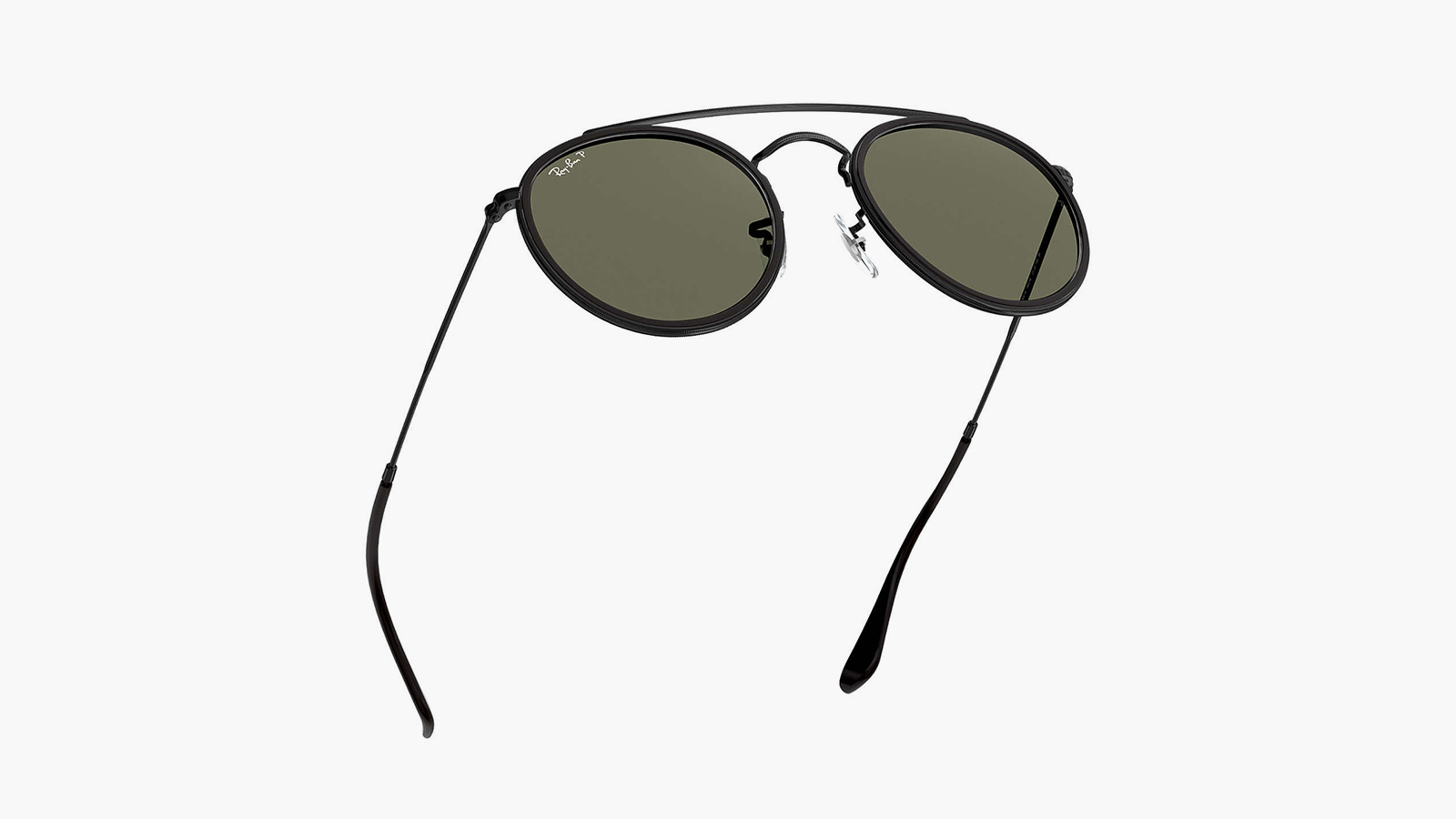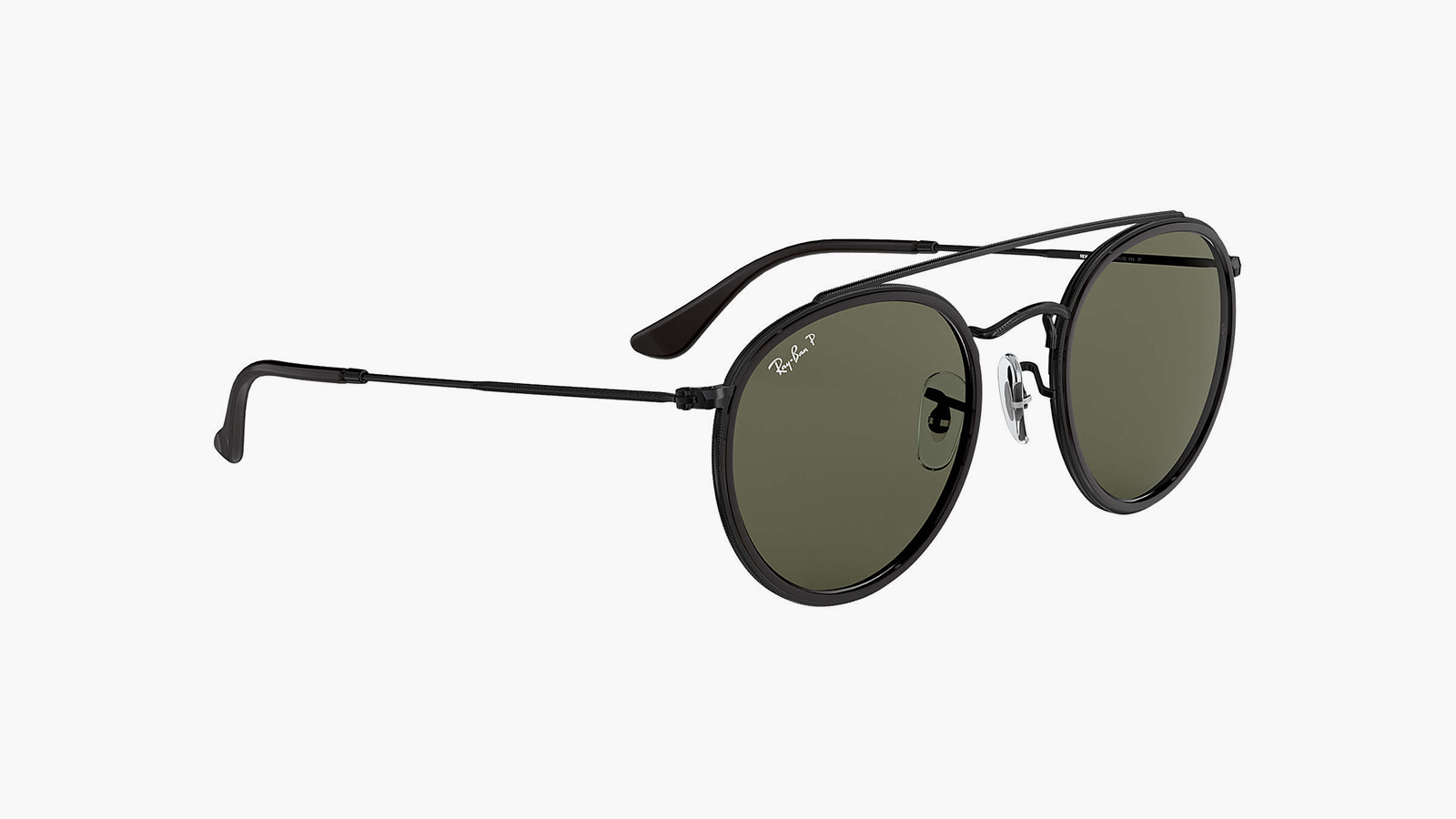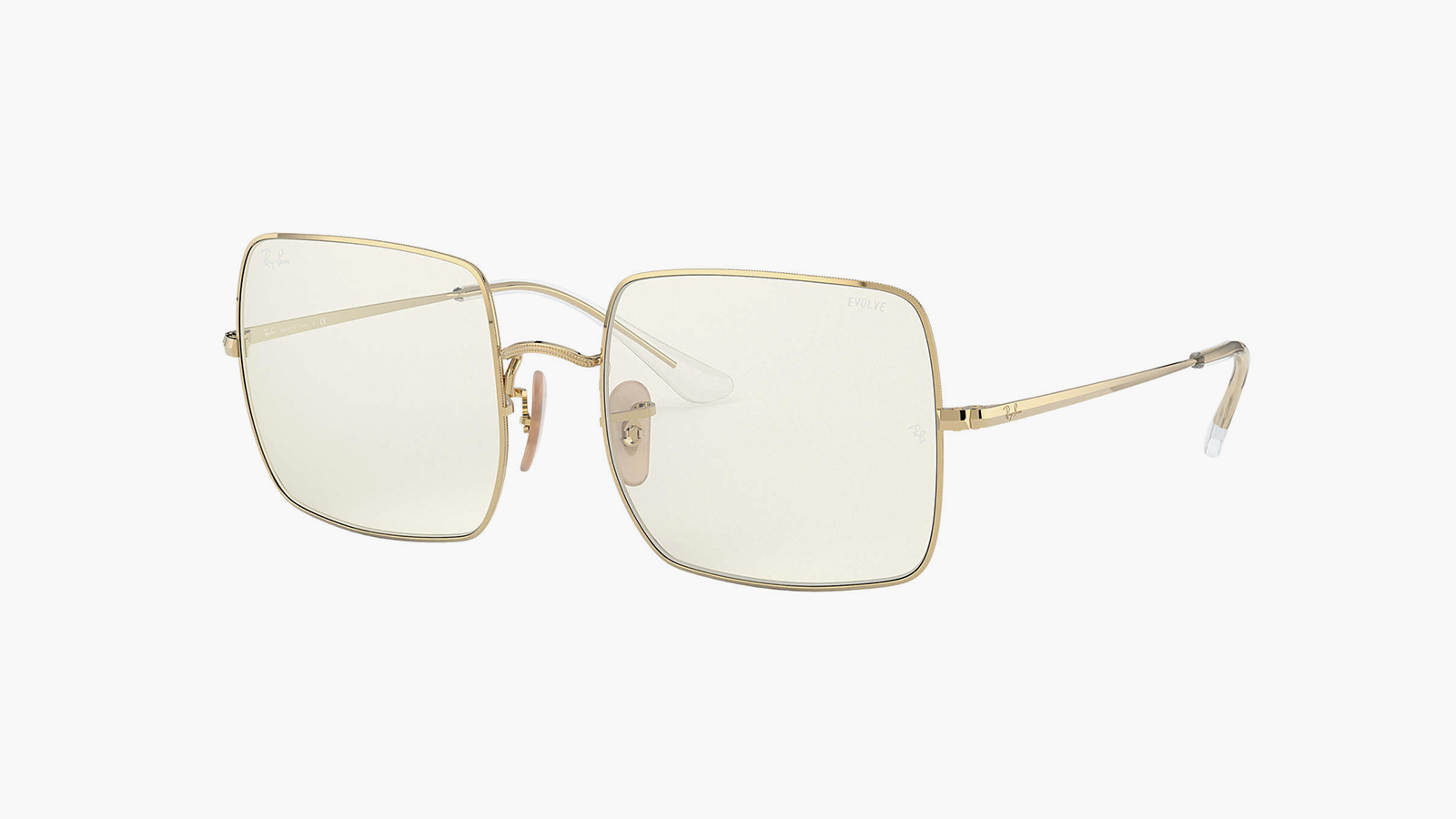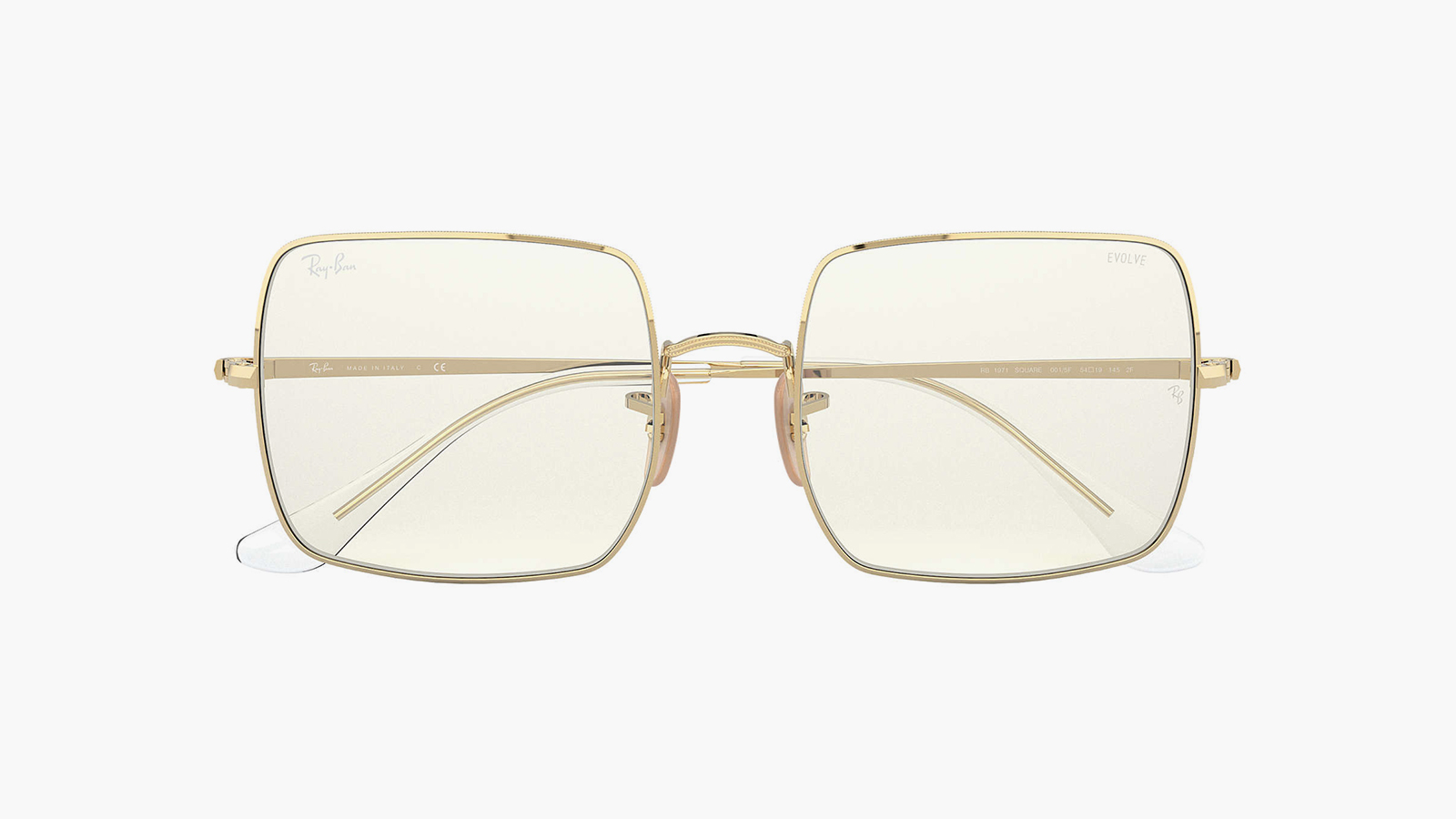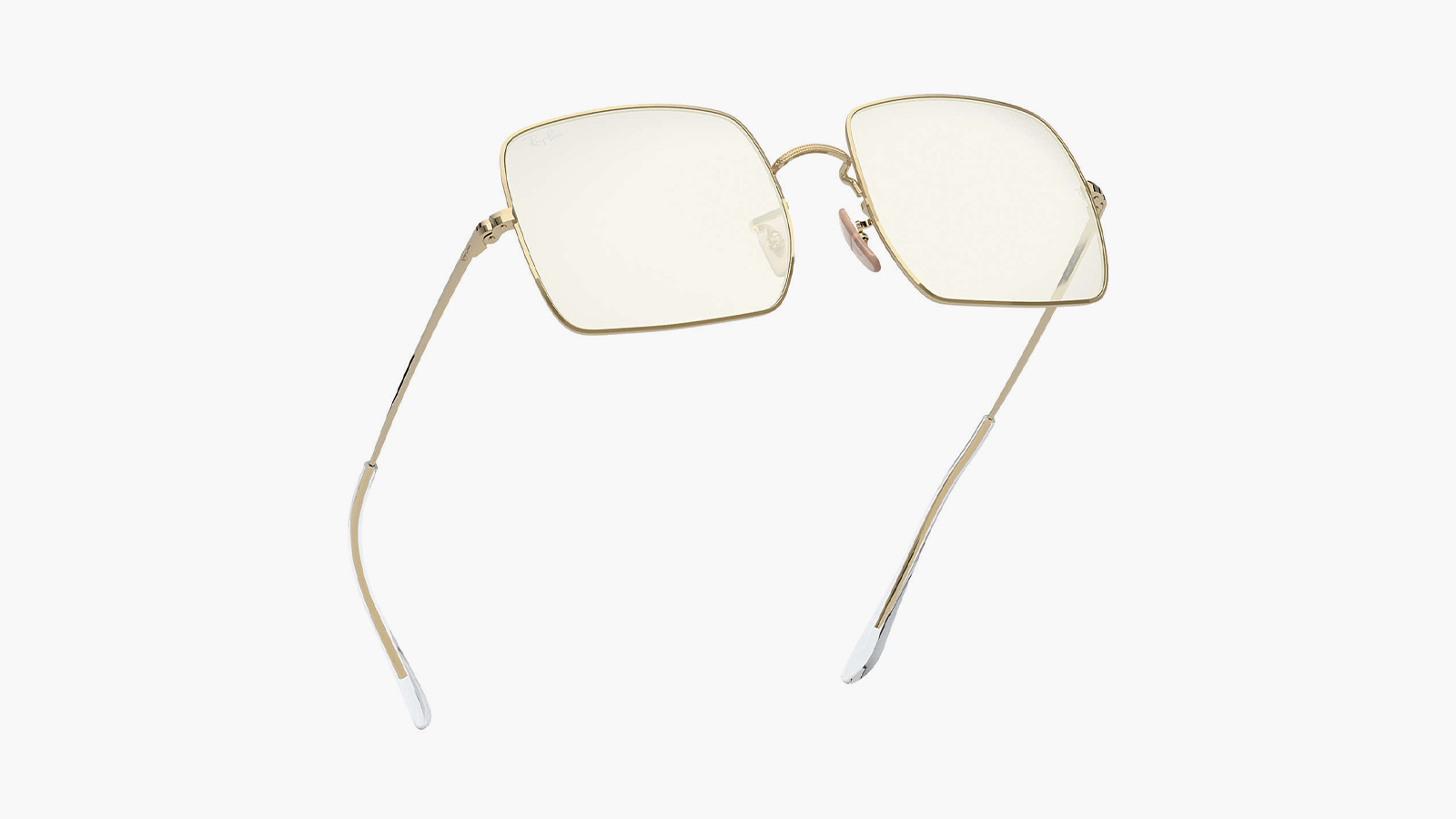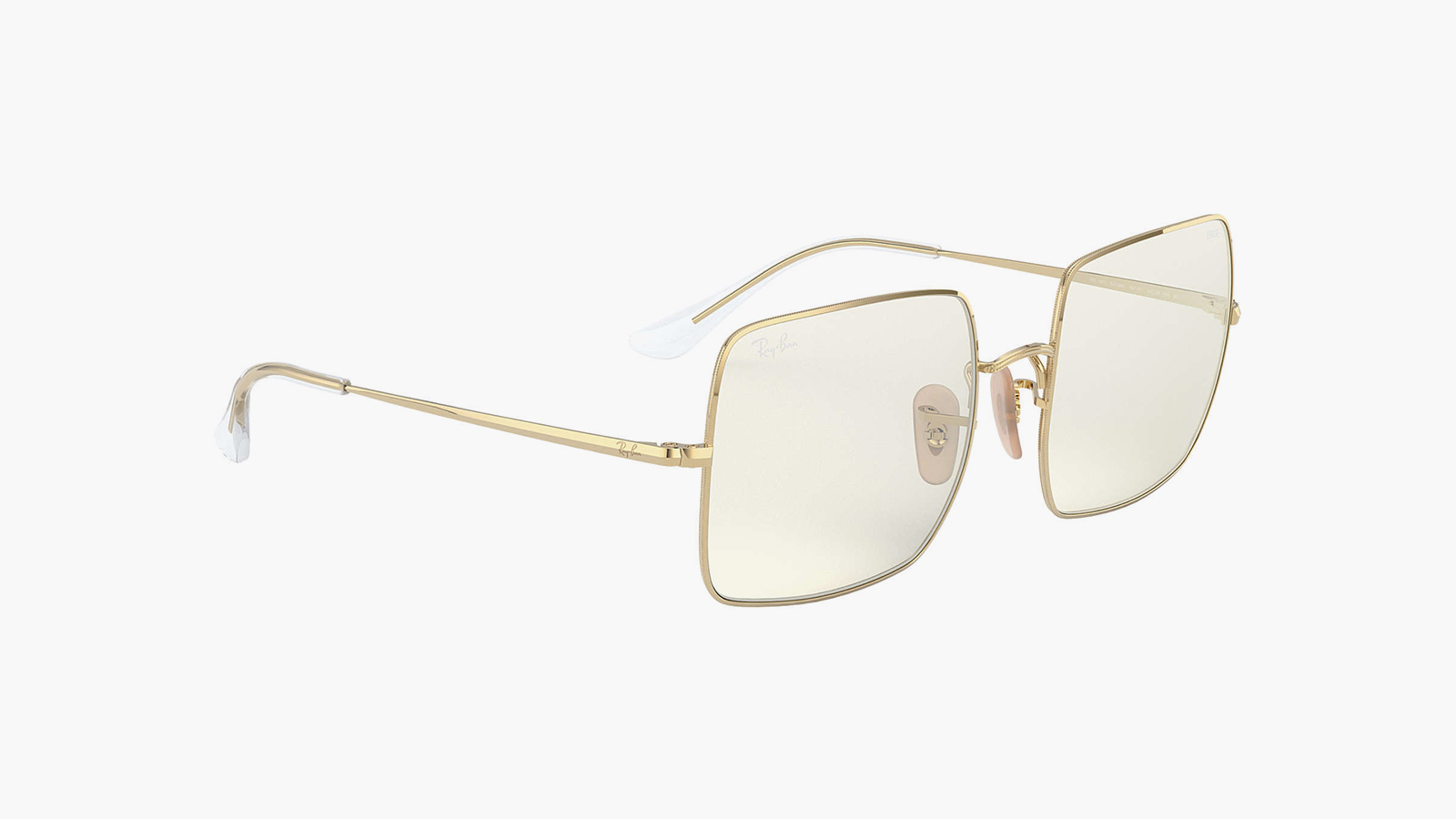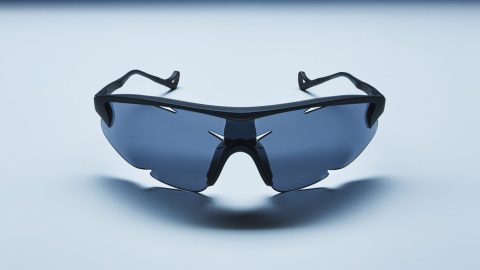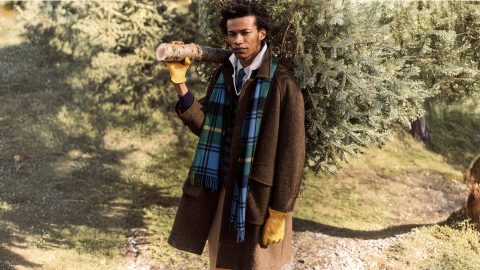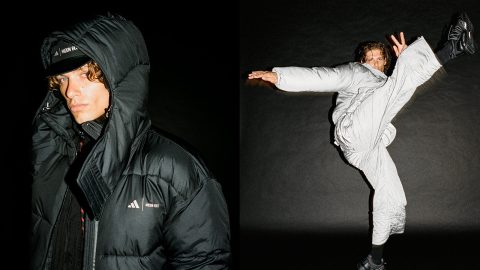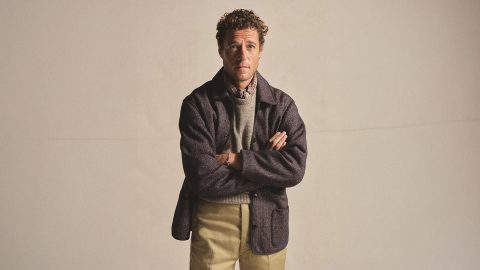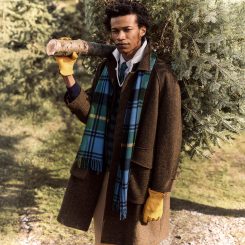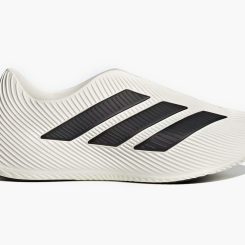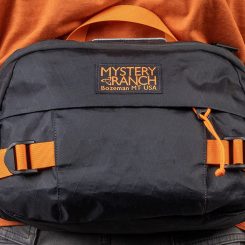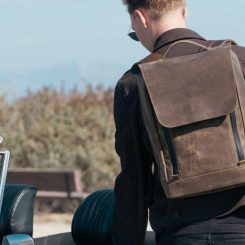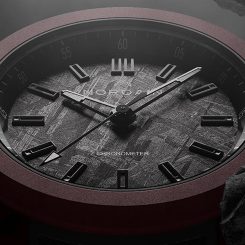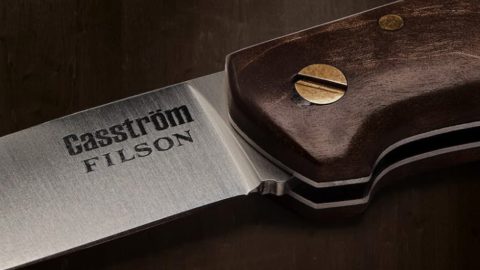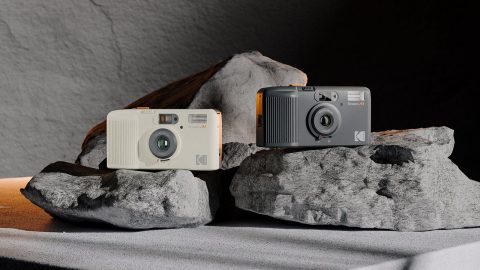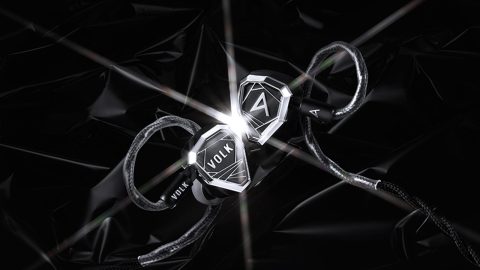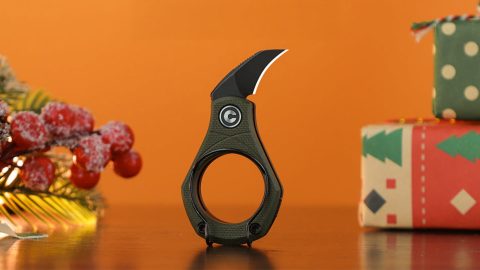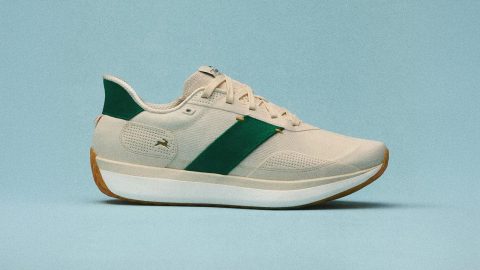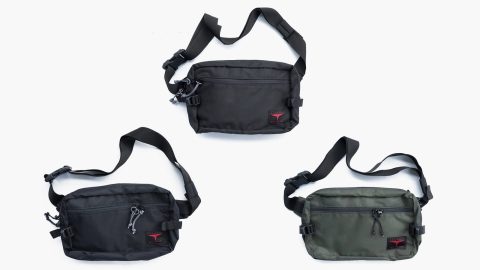Where quality eyewear is concerned, no brand comes close to the sheer longevity, relevance, and appeal of Ray-Ban. Sure, many others have followed in the legendary company’s illustrious footsteps, but even they would contend that many a pair of sunglasses has taken its inspiration from the iconic Ray-Ban portfolio.
More than just a mainstay for variety and style, the brand has been a favorite among the celebrity set for decades. They’ve been spotted on many of the world’s elite, but their place on red carpets, in music videos, and on the big screen is only part of the Ray-Ban appeal. It’s largely about their sheer versatility — their ability to craft eyewear that transcends celebrity and appeals to the masses. Here, a peek at their rich history and some of their most memorable styles.
Taking Flight
Ray-Ban was born largely out of necessity. In 1929, Colonel John A. Macready of the United States Army Air Corps partnered with Bausch & Lomb, at the time a medical equipment manufacturing company, to produce functional aviation sunglasses that wouldn’t distract pilots while they were in flight. A test pilot himself, Macready recognized the need for glasses that wouldn’t develop a foggy cast and minimize visibility, in the process greatly hindering air safety. Vision problems also caused health concerns, as pilots often suffered from headaches and nausea.
Photo via First Versions.
A prototype was eventually developed in 1936. At the time, it was known as the “Anti-Glare” for its ability to resist the sun’s penetrative glint without disturbing the pilot’s line of vision. It was particularly notable for its aesthetic beauty; with its green lenses and plastic frames, it stood out for its stylish appearance. Several years later, the brand added lenses that resisted force of impact, thereby improving functionality even more.
In 1939, the brand decided to revamp the sunglasses just a touch. What followed can only be described as among the most groundbreaking moments in eyewear history.
In 1939, the brand decided to revamp the sunglasses just a touch. What followed can only be described as among the most groundbreaking moments in eyewear history: the plastic frames were swapped for sturdier and sleeker metal, and the new design was christened the Ray-Ban Aviator. The lenses were thought to improve visibility by creating a sharper and more accurate view, reducing blue light distractions, and allowing pilots to fly through even the mistiest air with less trouble.
The sunglasses were an undeniable success, providing members of the U.S. military with a sense of security. They served the forces in good stead during World War II, thanks also to additional features like uncoated lower lenses, which allowed them to view the control panels on their aircrafts more closely, along with gradient mirrors with protective layers on the topmost portion of the glasses.
Photo via First Versions.
The end of the war didn’t serve as the end of the glasses’ popularity, however. The mainstream caught on to their usefulness and sheer sense of style, and the company quickly added new, fresh, and innovative options to their range in an effort to appeal to broader audiences. It paved the way for generations of Ray-Ban enthusiasts.
The Wayfarer
Arguably the brand’s most popular launch arrived in 1952, when the Wayfarer was introduced. With their substantial plastic frames and considerably compact lenses, they offered something new and contemporary for wearers who sought something different of their accessories. They enjoyed near immediate popularity, in large part for their dramatic departure from sunglasses of the past.
Yet name power has a way of catapulting certain fashions to fame — and that’s precisely what happened when James Dean added a pair to his ensemble in Rebel Without a Cause, the acclaimed 1955 film. It was the ultimate teen film at the time, and even today it enjoys inarguable popularity, in large part for Dean’s smoldering charm and sex appeal.
That his Wayfarers added to that carefree rebellious vibe was no secret. Complete with a bike and a cigarette dangling nimbly from his lip, Dean cemented a certain look that became the envy of young folks everywhere. It was essentially all the exposure that the brand needed to become a mainstay, not just among the celebrity set but also the Joe Average crowd. The sunglasses that people like Marilyn Monroe, John F. Kennedy, Robert Redford, and Muhammad Ali wore with such panache had the same effect on everyone, transforming their look from simple to sublime — from somewhat cool to undeniably slick.
The sunglasses that people like Marilyn Monroe, John F. Kennedy, Robert Redford, and Muhammad Ali wore with such panache had the same effect on everyone, transforming their look from simple to sublime.
Indeed, that wasn’t the only place where the Wayfarer made a grand appearance. It was practically a staple on film sets, appearing in legendary films like Reservoir Dogs, Top Gun, Men in Black, Risky Business, and The Blues Brothers. The familiar silhouette and the iconic appeal of the sunglasses made them the flawless finishing touch for every look, from the sporty to the sophisticated to everything in between.
Big Growth
Through the decades, Ray-Ban experienced tremendous growth. As the fashion tides shifted and people grew more adventurous with their looks throughout the 1960s and ’70s, the brand followed suit. By 1969, they had some 50 varieties to their credit. Even today, many of the styles that reigned supreme back then enjoy prominence. An appreciation for the styles of yesteryear coupled with a sense that everything old is new again makes them worthy of a place in any fashionable man’s closet.
Perhaps what made Ray-Bans so popular during the tumultuous ’60s was their diversity. Given that people of all walks, all colors, and all distinctions wore them, it was clear that few accessories were as sensible, conforming, and thoughtfully designed. It wasn’t just the cool suspects — among them The Beatles and Bob Dylan — who rocked them with aplomb. It was the hippies and the budding television stars and the parents and the teenagers experimenting with new looks. It was everyman fashion in every sense of the word.
The Boom
All brands experience stagnant phases from time to time. While people certainly wore their Ray-Bans throughout the ’70s, the sunglasses were considerably less popular throughout the groovy era than they were in decades past. It didn’t remain that way for long, however, as Dan Aykroyd and John Belushi made their Wayfarers an integral part of their wardrobes in The Blues Brothers. People took note — and what followed was a decade of appearances on the big screen, indeed on some of the titans of cinema.
Before long, Ray-Bans were everywhere. Don Henley referenced them in “Boys of Summer.” Don Johnson made them the coolest things going in Miami Vice. Michael Jackson adopted them for the Bad tour beginning in 1987. There was simply no doubt of their relevance. It was, every sense of the word, a true boom for the brand.
New Image
The 2000s paved new paths for Ray-Bans, beginning with fresh designs that transformed the way that people viewed the iconic frames. At the start was a new interpretation of the Wayfarer. The frames underwent a slight reduction in size, with the new model featuring a shrunken silhouette and a more contoured shape. Appealing to the new generation of fashion enthusiasts has kept the brand’s name alive — and continues to do so even today. In addition to the iconic Wayfarer, Ray-Ban offers a variety of styles designed for every preference. Here are a few to keep in mind if you want to invest in a classic that will never lose its relevance.
Aviator Classic
Well worth every penny, the famed Aviator Classic is easily one of the most beloved sunglass styles in existence. It has been since its inception, and while it was once merely a tool of functionality, today it makes the ultimate style statement. It’s available in a variety of frame and lens color combinations, and adds a touch of sleek, undeniable sex appeal and sporty style to any look.
Erika Classic
Don’t be fooled by the name. The Erika Classic is very much a unisex frame. Its appeal rests in its gentle curves; it’s a decidedly softer take on the traditional Ray-Ban style, with undulating curves and a gentleness that sets it apart from its counterparts. Among the standouts are the brown/violet gradient and the gunmetal/green classic, both of which exude a sense of timeless appeal with a contemporary twist.
Round Double Bridge
If you take your style inspiration from rock music heroes of decades past, the Round Double Bridge is destined to be an immediate favorite. True to its name, it features a distinctive circular silhouette and a pair of bridges. While it sounds complex on paper, the end result is decidedly understated, in large part thanks to its lightweight structure and neutral color palettes. Perfect for making a subtle yet noteworthy statement, these glasses are sure to set you apart for all the right reasons.
Square 1971 Clear Evolve
A fresh take on the legendary Square 1971 Classic, the Evolve exudes confidence and sophistication at every turn. The sharply angled frames, coupled with the gilded metal, lend them a beautifully pristine appearance. From top to bottom, they exhibit a sense of timeless style with hints of old-school appeal. Since they first made the scene in the ’70s, these shades have charmed time and again. Their beauty is in their photochromic lenses, which change depending on the lighting conditions. You’ll love them for their unique vibe.
Ray-Bans truly are the end and be all of all things iconic and cool in the world of stylish eyewear. The only challenge may be finding the right pair — or two — that meets your preferences.

